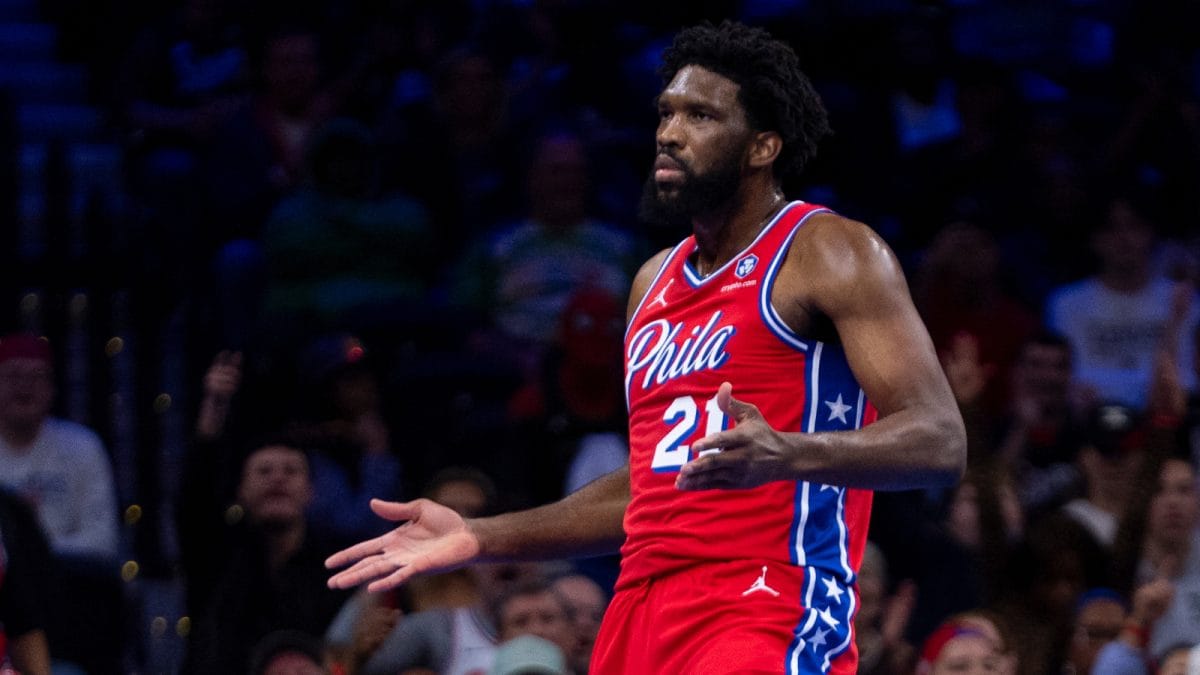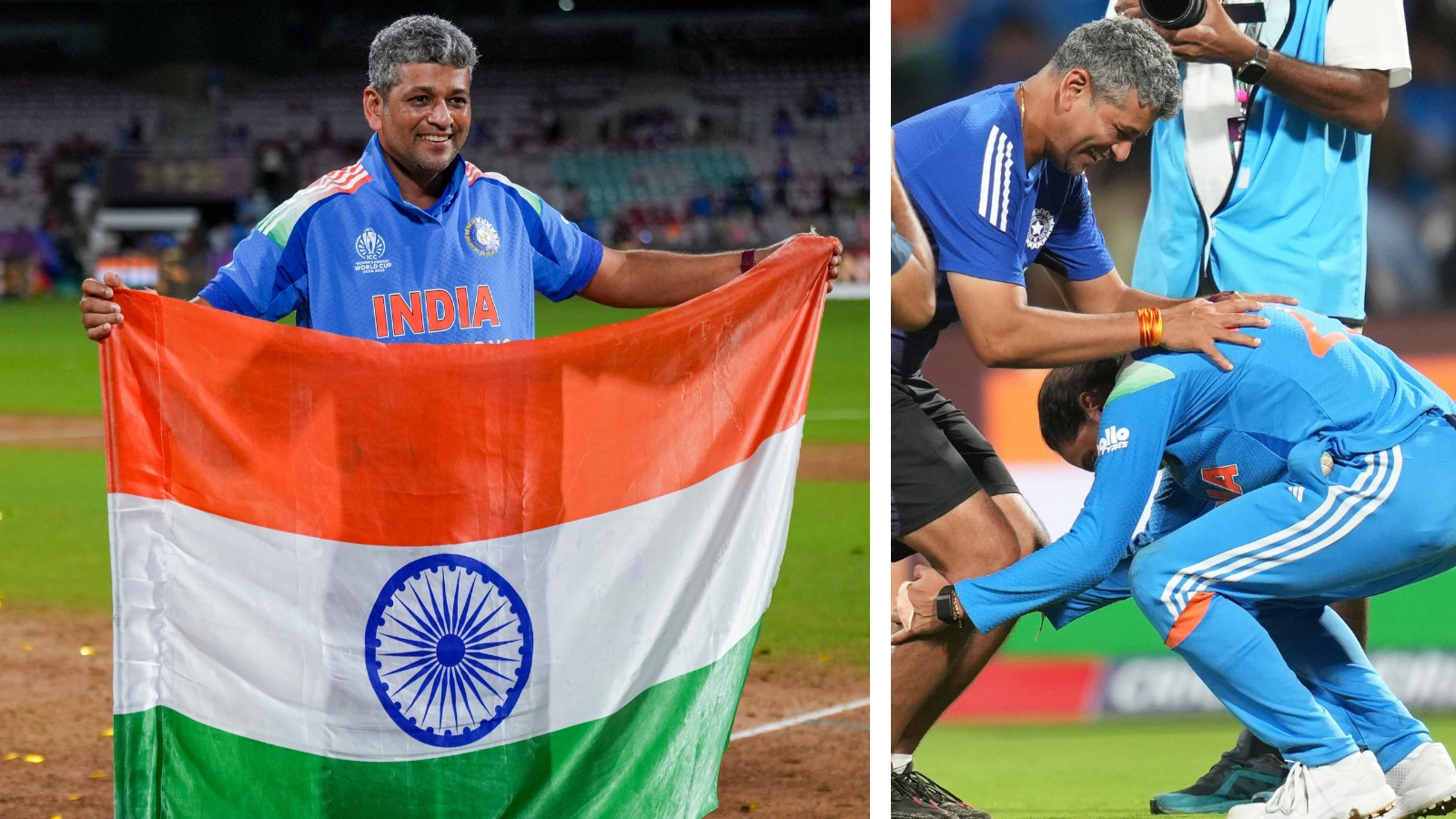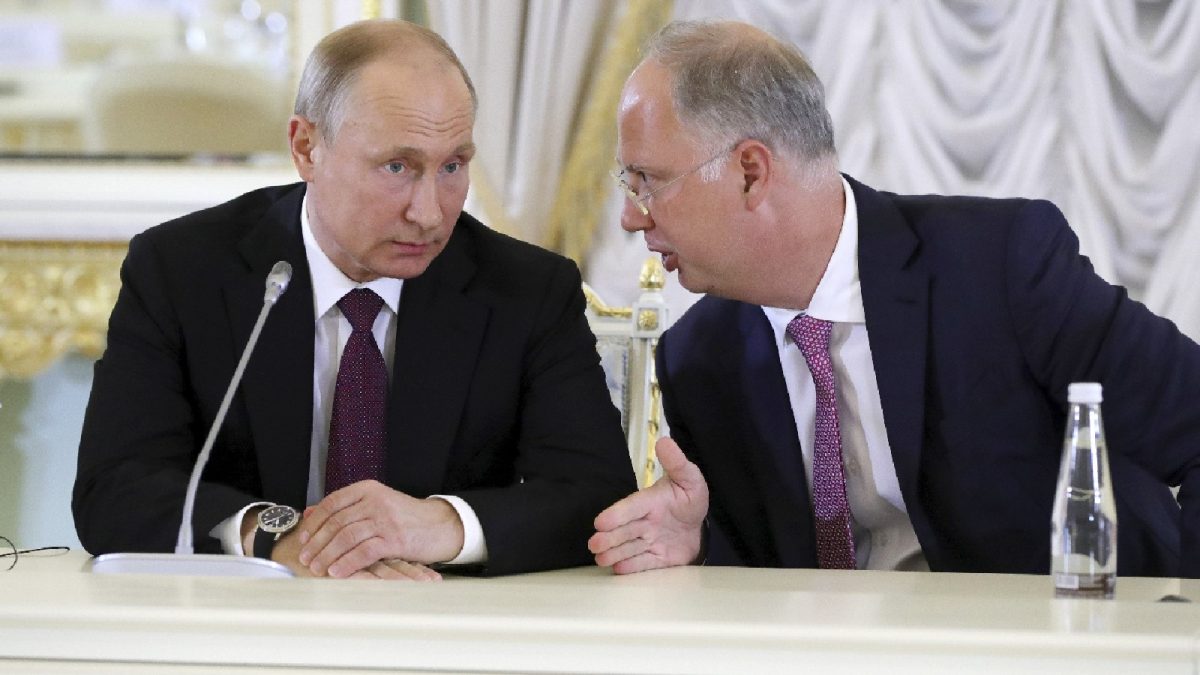ARTICLE AD BOX
Good vibes only. So reads the big white cup resting in the big firm grip of Erling Haaland. He takes a sip, and visibly pleased at the brew, coffee with raw milk and maple syrup, tells the audience: “Coffee is a superfood if you do it right. It depends on the quality and when you drink it.”
In the first episode of Day in the Life of Pro Footballer in his Youtube channel, he dwells on his 6000-calorie-a-day diet, his love for raw milk, coffee and tomahawk steaks. He shows how to fry the eggs in a perfect circle. His girlfriend Isabel Haugseng Johansen, chirps in: “Oh my god, he eats so much. Everything is about, ‘When is the next meal, what shall we eat, what shall we make?’ He loves kebab, he loves brisket tacos. We do it sometimes on Saturdays when he slow-cooks the brisket, it’s lovely.”
Or what to cook next. He has no personal chefs. Or regular haunts. He simply enters his kitchen, or when the mood seizes him, gets outdoors with his barbecue hit. He was once filmed cooking outside on his barbecue on a day when a storm was forecast. “I have been living alone since I was 16 so I had to learn how to cook,” he says. “Cooking is a big part of my life, especially steak and potatoes, I am from Norway.” He then taps a tip on the perfect steak: “I’m not going to be arrogant but you need to feel it, you need to touch it,” he says. “You need a good steak crust. If you have that, you have come far already.”
Watching him in the kitchen is more theatre than watching him belting goals in the middle. He is cold and clinical, robotic in his precision, in boots, but in the sanctuary of his kitchen, he is a riot of emotions. His booming laughter crackles in the room. Football banter abounds with Isabel. She makes fun of his dribbling skills. He retorts sarcastically: “[She’s] a good footballer. Left-winger. Ryan Giggs. Swinging them in.” Both met when they were adolescents in his hometown club, Bryne. In the kitchen, he is visibly anxious at times, wondering whether he has overcooked his steak. But he is as smooth wielding a spatula as poaching a goal that you wouldn’t even hear the China clink, or a drop of spilled oil.
When he is not thinking about the next meal, or the next steak he would cook, he would be thinking of scoring his next goal. This season, he has belted 20 in 17 games for Manchester City, and 13 goals in seven games for Norway, on the brink of World Cup qualification. He has fuelled his country’s World Cup dream, along with a flurry of gifted teammates. In a City team in flux, he has been their guiding light.
Norway hinging their hopes on Haaland is understandable, but Pep Guardiola has seldom depended on an individual as much as he had on Haaland. Even during the peak Lionel Messi days, the Argentine was but a conduit to implement his footballing ideals. He converted the right-winged genius into the greatest false nines of all time, made the role the most fashionable in Europe and drove the classical nines into extinction.
It’s a beguiling paradox, or his revisionist inclinations, that he has created the truest nines in contemporary football. Guardiola is like Jacques Derrida, the literary theoretician that formulated the concept of deconstruction in literature. He, through Haaland, has made the classical nine fashionable again.
Story continues below this ad
Every elite and aspirational team is hunting for the next Haaland. The Norwegian’s impact, besides the inability to install like-for-like replacements for Kevin de Bruyne, the ageing Ilkay Gundogan and the drop in form of Phil Foden, has Guardiola depending on him more than any other player ever. Last week, he admitted too: “Without him, it’d be tough, to be honest. And he is incredibly coachable – I’m tough sometimes with him. And he always tries to be open-minded.”
No other Guardiola team has been as direct as his City 2025-26 batch. This season, they have resorted to all principles anti-Guardiola. Long balls, counter-attacks and dour defence. The overriding, at times the only, theme has been to “Find Haaland”. Once the Norwegian has the ball at his feet, Guardiola, and City, burst with hope and excitement. Of the 20 goals City have scored, 11 have come from his infallible boots. Add a brace of assists, and he had a hand or feet in 13 of the goals City have netted. The exploits were shared in the past seasons. In City’s Treble season of 2022-23, Haaland was the headline-grabber with 52, but there was a six-strong group with at least 10.
Guardiola himself is wary of Haaland-dependencia. “As a team we have to understand we can’t rely completely on him. He’s always there, but we need the other guys, the wingers and attacking midfielders. They need to score goals, otherwise we will not achieve what we’re trying to do,” Guardiola would often say.
But presuming that stopping Haaland is equivalent to stopping City is hollow. For this season, backlines have huffed to contain him, his physicality, movements and spatial awareness. He is no longer dependent on needle-eye passes from his team’s creators, but is increasingly self-dependent to conceive goals from seemingly impossible angles and spaces. At Brentford, he latched onto an aimless lofted ball, spun past two centre backs and thundered the ball home. For a giant of a man, he is stunningly elastic. He has explosive power, as he exhibited against Everton, he directed a feeble pass into the nets with bewildering velocity. He could contort his body and twist his legs to awkward heights and angles. “I have a naturally good flexibility in my groin and hips which is important because how do you score these goals? You need to have good flexibility and mobility to score these crazy goals,” he says in the video.
Story continues below this ad
To sustain it, he stands in front of a red-light therapy machine, which uses infra-red rays to penetrate deep into tissues and joints. The experts claim it can calm the body’s response to injury and reduce inflammation. He strips to his shots and stands in front of the machine that is emanating streaks of red light. He then hits the training ground and returns home at 5.30 pm. He is already thinking of his dinner. “I love food. I said it before, I live to eat food no matter what happens in the day,” he says. He lives to eat food, and then perhaps to score some goals.









 English (US) ·
English (US) ·